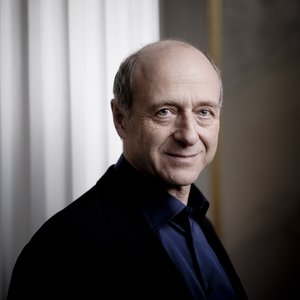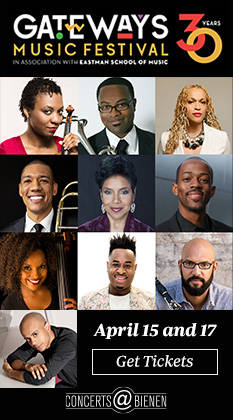Budapest Festival Orchestra brings its sonic splendor to Orchestra Hall

The Budapest Festival Orchestra (BFO) performed at Orchestra Hall Wednesday night as part of the Symphony Center Presents Orchestra Series. Founder and music director Iván Fischer conducted an all-Beethoven program, in which he put his idiosyncratic stamp on familiar repertoire and showcased his ensemble’s world-renowned sonority.
The first half comprised Beethoven’s initial forays into two genres he would redefine: the symphony and the piano concerto. The performance opened with the Symphony No. 1, which though premiered in 1800, has its feet firmly planted in the eighteenth century. Fischer led an elegantly spacious rendition of the opening Adagio but the ensuing Allegro con brio repeatedly settled into a generic all-purpose tempo as Fischer emphasized the details of the score at the cost of the larger scheme.
The Andante cantabile went largely with grace and delicacy, but suffered intermittently from balance problems; the violin sections fitfully dominated in phrases where the musical action was elsewhere, perhaps due to the ensemble’s unfamiliarity with the venue’s problematic acoustic. The wind section produces a glorious, shimmering collective tone, but this was periodically lost in the omnipresent strings.
Fischer took a stately approach to the third movement, not entirely honoring Beethoven’s indication of Allegro molto e vivace, but providing ample space for the BFO’s robust corporate timbre to resonate. The conductor shaped the finale’s coy introduction with playful rubato, and the spirited Allegro was vigorous and emphatic.
Richard Goode joined the ensemble for the first concerto Beethoven wrote, which is known as the Piano Concerto No. 2 by virtue of the order in which it was published. The influence of Haydn and Mozart is apparent throughout this work, and Goode’s approach was very much in line with those composers, playing with a light touch that smoothed out Beethoven’s occasional subversive moments.
The opening movement had an autumnal quality, Goode playing with elegance and restraint that the orchestra supportively matched. He was at his best in the prayerful Adagio, affectingly spinning its singing filigree, and achieving a reverential hush in the movement’s close. The Rondo’s jocularity was palpable in Goode’s hands, though here he repeatedly minimized the trademark jaggedness of Beethoven’s writing, especially with regard to dynamics.
The second half was devoted to perhaps the best-known work in the orchestral repertoire, Beethoven’s Symphony No. 5. The programming choice of two familiar early-period works with the most familiar of all middle period works was questionable, but nonetheless, the Fifth received dynamic treatment from Fischer and his orchestra.
The concise first movement seethed with energy, which made the placid oboe cadenza, played with a silken tone, especially haunting. In the Andante Fischer again favored smaller gestures over longer lines, but the group’s polished collective timbre compensated for this small-picture phrasing, and the regal statements from the winds and brass stood out with particular gravitas.
The Scherzo’s Handelian fugato was both incisive and incendiary, and the Finale was ushered in with an elementally surging crescendo. The last movement as a whole proceeded with fiery abandon, the sonic sheen of the BFO carrying the work to its triumphant conclusion, which brought the audience to its feet.
The Symphony Center Presents Orchestra Series next hosts the St. Petersburg Philharmonic under Yuri Temirkanov with pianist Nikolai Lugansky. The performance is 7 p.m. March 5 and features Brahms’ Piano Concerto No. 1 and Shostakovich’s Symphony No. 5. cso.org; 312-294-3000.
Posted in Performances




